Animation & Visual Effects (MFA)
Animation & Visual Effects (MFA)
The MFA in Animation & Visual Effects program focuses on developing skills in any one of the many areas of expertise within the animation and visual effects industry. The program educates students in all aspects of animation and visual effects, from ideation to post production. Communication, collaboration, and time management skills are emphasized throughout the program to ensure graduates are acclimated to the intense professional culture that awaits them.
AA BFA MA CERTMaster of Fine Arts (MFA) Degree
Available Online & On Campus
Major Classes
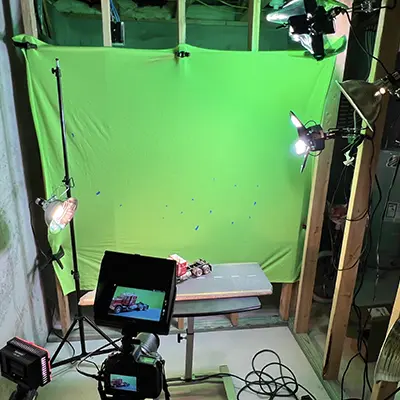







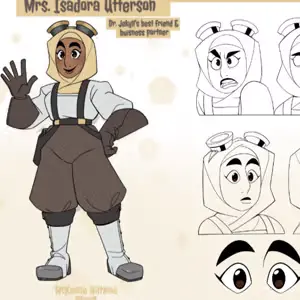
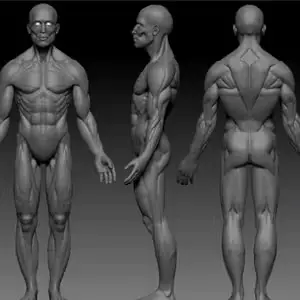

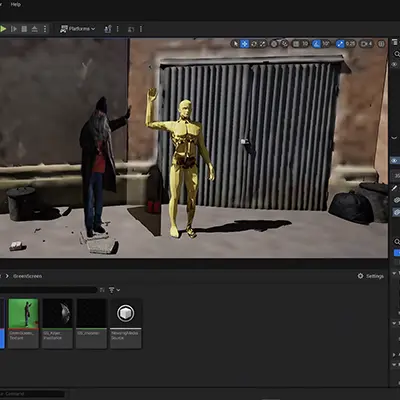





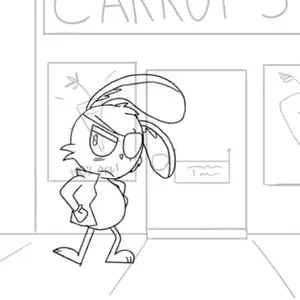
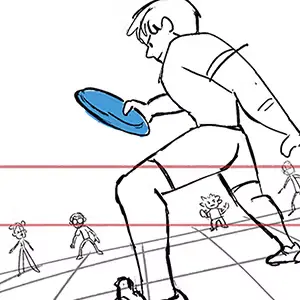







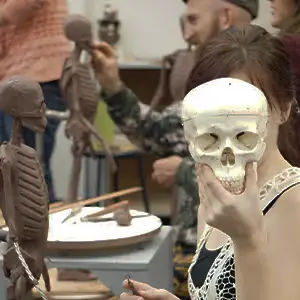

Unit Requirements
| Major Coursework | Units |
|---|---|
| Major Coursework | 30 |
| Directed Study | 18 |
| Electives | 6 |
| Graduate Liberal Arts | 9 |
| Total | 63 |
Degree Requirements
MFA ANIMATION & VISUAL EFFECTS DEGREE REQUIREMENTS
- Successful completion of Final Thesis Project
- Minimum grade of C in all required 63 units
- Minimum 2.0 cumulative GPA and the following Academic Study requirements:
1 Art Historical Awareness & Aesthetic Sensitivity course
1 Cross Cultural Understanding course
Additional Information

Program Learning Outcomes
Graduate students will meet the following student performance criteria:
MFA Thesis Project
- Present an original thesis concept worthy of the MFA degree
- Demonstrate the feasibility of the thesis project
- Produce a professional-standard project, with relevant content for the industry, showcasing technical and artistic ability
Technical Skills
- Demonstrate facility with animation / visual effects technology and software
Presentation Skills
- Clearly demonstrate project and workflow plan
- Effectively pitch ideas to the review committee
- Create a compelling designed and well-composed review materials
Preproduction Skills (Project Development)
- Develop projects that demonstrate attention to: research, analytical thinking, detail, flexibility in problem solving, and revision
Professional Readiness
- Present a comprehensive demo reel / portfolio demonstrating professional-level achievement of specialty skills
Specialty Skills: Traditional Animation
- Demonstrate strong draftsmanship skills
- Create pieces that showcase expression and emotion
- Stage stories through effective camera placement choices
- Apply the major principles of animation
Specialty Skills: Storyboarding
- Demonstrate strong drawing, perspective, composition, and cinematic storytelling
- Demonstrate continuity in visual storytelling through effective camera placement choices
Specialty Skills: 3D Animation
- Apply the major principles of animation
- Create pieces that showcase expression and emotion
- Stage stories through effective camera placement choices
Specialty Skills: Modeling
- Convincingly model forms in 3-dimensions that demonstrate a thorough understanding of anatomy and sculptural form
- Display a range of modeling skill sets including hard surfaces and organic
- Create textures that will be applied to the surface of models
- Produce industry-standard turnarounds and wireframes
Specialty Skills: Visual Effects
- Create shots or assets appropriate to the project aesthetic
- Develop shots or assets for narrative power
Academy of Art University Learning Outcomes
Graduates of the Academy of Art University will demonstrate the ability to:
- Produce a body of work suitable for seeking professional opportunities in their chosen field of art and design.
- Solve creative problems within their field of art and design, including research and synthesis of technical, aesthetic, and conceptual knowledge.
- Communicate their ideas professionally and connect with their intended audience using visual, oral, and written presentation skillsrelevant to their field.
- Execute technical, aesthetic, and conceptual decisions based on an understanding of art and design principles.
- Use professional terminology to evaluate their work and work in the field.
- Recognize the influence of major cultural and aesthetic trends, both historical and contemporary, on art and design products.
- Learn the professional skills and behaviors necessary to compete in the global marketplace for art and design
- Engage with a variety of communities beyond the classroom through internship opportunities, study abroad programs, athletics, student interest clubs, and participation in collaborative, civic, and pro bono projects.
*Semester plans are subject to change at any time. Semester breakdowns displayed are suggested and additional options are available to help customize your educational experience. Speak to an admissions or student services representative for more information. Please see our catalog for more details at: https://catalog.academyart.edu